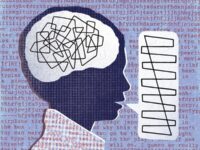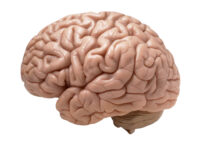You are sitting in your English class when the teacher announces that you have a pop quiz on the “Macbeth” reading from last night. This was the same reading you procrastinated the previous night because scrolling on TikTok in bed was far more appealing. The overwhelming and endless amount of doomful scenarios going through your mind are unmatched by the silence surrounding you in the classroom.
But suddenly, something clicks.
This isn’t real. This was all a dream. Relief.
The half-tiger-half-bird sitting at the desk to your right should have given it away sooner.
If you have ever become aware that you are dreaming while in a dream, you have experienced lucid dreaming. Lucid dreaming is correlated with heightened prefrontal cortex activity resembling the level of brain activity when awake. Roughly half of all adults have had a lucid dream at least once in their lives. About 20 percent of adults experience lucid dreaming monthly, and just 1 percent have been in this perplexing state several times a week.
About 20 percent of adults experience lucid dreaming monthly and just 1 percent have been in this perplexing state several times a week.
Lucid dreaming exists on a spectrum that can be experienced on varying levels. Deep lucid dreamers can alter the sequence of events, people, or places in their dreams. For instance, these dreamers can transform a scene from their living room into the Amazon rainforest. However, most lucid dreamers cannot cause this transformation and will only be aware that they are dreaming. Although experts still do not know the exact reason why some people lucid dream more frequently and more deeply than others, noteworthy correlations have been found between high levels of awareness while awake and frequent lucid dreaming.
A study conducted by Dr. Patrick Bourke and his student, Hannah Shaw, compared participants who had frequent lucid dreams to participants who did not. They measured the “insight” level of participants by testing them with word association games. These games required the participants to find one link between five seemingly unrelated words. Not unexpectedly, Bourke and Shaw found a correlation between the ability to crack these puzzles and the frequency of lucid dreaming in participants.
To recognize that you are in a dream state certainly requires a deep level of insight, but can this type of “insightfulness” be measured merely through word association games? Scientists are continually trying to find the right tests to analyze and understand lucid dreaming, but until then, this phenomenon remains mystifying.
To recognize that you are in a dream state certainly requires a deep level of insight, but can this type of “insightfulness” be measured merely through word association games?
Dreaming (2014). DOI: 10.1037/a0036908






